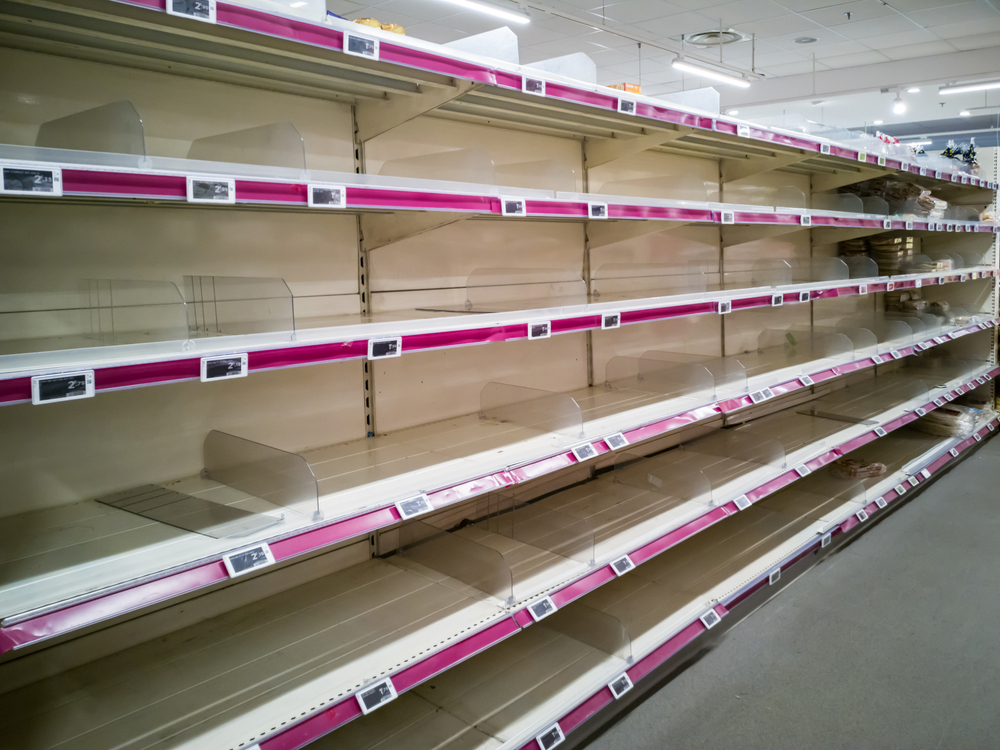Last Updated on May 31, 2023 by admin_hunter
Preppers choose foods that can be stored long-term and provide a source of energy. They also consider how calorically dense the food is.
The most popular survival foods are grains and canned goods that can last for a few days or weeks. They may be reconstituted with water in an emergency situation.
1. Nutrition
A well-stocked survival foods pantry offers a variety of high-quality, long-term food storage choices that can help to keep your family healthy during a disaster or other emergency. When deciding what foods to store, choose items that meet your needs and are nutritionally balanced. Choosing calorically dense foods will also help you to save space in your storage containers.
Some popular options for a survival foods pantry include canned vegetables, freeze-dried meals and protein bars. Depending on your specific preferences, you can find many options online or in local grocery stores. You can also build a custom survival food kit to suit your needs. For example, the Survive2Thrive Vegetarian Preparedness Pail includes everything you need to cook and eat in a disaster, including dried beans, quinoa, sprouted buckwheat groats, chia seeds, brown rice, and more. The preparedness pail is also vegetarian-friendly, making it an ideal choice for vegans and vegetarians alike.
If you decide to create a survival foods pantry, it’s important to think about the types of containers you will use for storage and how you will label them. It’s also essential to store your foods in a cool, dark location with low humidity. When storing foods, use the First In, First Out (FIFO) method, which will ensure that your oldest foods are used up before your newer foods expire. This will help to avoid wasting food or having to throw away expired food during a disaster.
When it comes to stockpiling survival foods, most people focus on meeting their basic nutrition and energy needs. But, it’s also important to have foods that will help maintain a sense of calm and comfort during an emergency. For this reason, it’s a good idea to invest in some comfort foods, such as canned fruits, veggies and soups.
It’s also wise to stockpile staples like baking soda, vinegar and salt. These items have a long shelf life and can be used for cooking, cleaning and personal hygiene. Another important item to stockpile is water, which should be stored in clean bottles and jugs with a long-term shelf life. You should also store a manual can opener and eating utensils.
2. Convenience
Unlike normal grocery shopping, when you shop for survival foods, you have to consider more than just which ones taste good. You need to choose the foods that will last longest, are calorically dense, and offer nutritional value. You also need to look at ease of preparation. In an emergency situation, you may not have access to a stove or microwave oven, so choose foods that require minimal cooking.
Many people choose to stockpile MREs (military-style rations) because they are easy to prepare. They come in pouches that include everything you need to eat, from the entree to condiments and even heating elements. They can be eaten cold or hot, which gives you more flexibility and can save on space.
Other convenience options are freeze-dried foods, which can be stored for a long time. They also do not spoil as easily as fresh foods, which makes them an excellent choice for emergency food storage. You can find these foods in most stores, and you can buy them individually or in bulk. When you purchase these foods, make sure that they are sealed in air-tight containers and stored in a cool, dark place. You should also consider getting a 5-gallon bucket to store bulk foods and mylar bags to block out light, moisture and oxygen (with oxygen absorbers). You should also invest in dedicated water storage containers so that you can have the best chance of keeping your water supply fresh.
Some people may not like to shop for survival foods, but it’s important that they do. It’s not always easy to get the ingredients you need when a disaster strikes, so having these supplies on hand can mean the difference between going hungry and being able to feed yourself and your family. In addition to survival foods, you should stockpile other supplies that could help keep you safe in a disaster, such as first aid supplies and water bottles. Be sure to store these items in a safe, dry location, and be sure that they are marked with the date of purchase and expiration.
3. Cleanliness
Many emergency food buckets are sold in plastic bags that can trap moisture and oxygen, which can spoil foods. Using Mylar storage containers or 5-gallon buckets with oxygen absorbers can help protect against spoilage and loss of taste, nutrition and flavor. Labeling foods before storage using the FIFO (First In, First Out) method is another simple way to avoid spoiled and forgotten foods. Stock a variety of canned and dry foods that don’t require refrigeration, cooking or water for preparation.
4. Safety
A good survival food should last a long time when stored properly. It also needs to be safe to eat and contain the nutrients that an individual requires. These criteria are why prepper’s choose foods that are easy to store and will provide the best chances of survival in an emergency situation.
When people think of survival food, they usually picture dry goods and canned meals that are high in sodium. However, fruits, vegetables and other fresh foods should be included in a person’s stockpile to provide a variety of nutritional options.
In addition, people need to stockpile foods that will give them a burst of energy in an emergency or disaster situation. Having the right amount of calories will help keep morale high and stress levels low, which is important for a person’s safety. Foods such as sugar and protein bars are excellent examples of calorically dense foods.
Another important reason for having survival foods is to use them to signal for help or find shelter. In a crisis, it’s often necessary to communicate with others, especially if you are separated from family members. Foods such as sugar and powdered milk are great for making signals because they can be easily dissolved in water.
A person’s survival supplies should also include items that will help them stay hydrated. This is especially important in an emergency or disaster situation because water may not be readily available. It’s recommended to have a minimum of one gallon per day per person.
It’s also important to have items that can be used for cooking and cleaning in an emergency situation. Baking soda is a popular survival food that can be stored for a long time, and it’s an essential item to have in case you need to make your own clean water.
When storing survival foods, it’s important to make sure they are protected from moisture and light. Many prepper’s prefer to use 5-gallon buckets with lids or Mylar bags that block out light, oxygen and moisture. It’s also a good idea to label the food before it’s put into storage. This will prevent foods from being spoiled or forgotten, which can be detrimental in an emergency situation.

